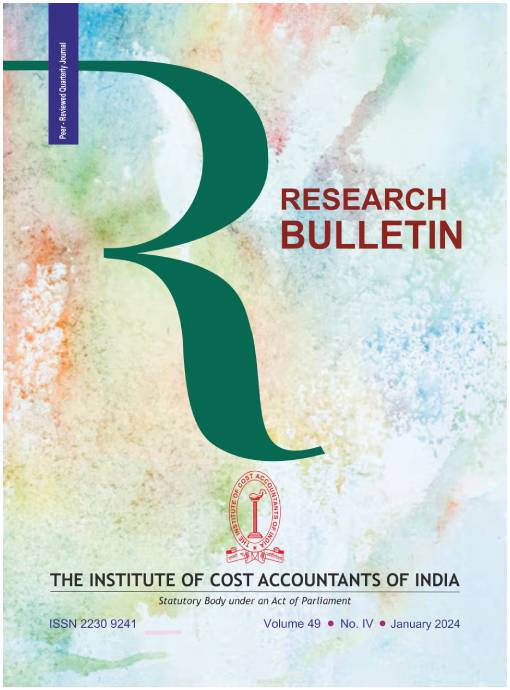From the INA Movement to the Naval Mutiny: The Andaman Scenario
DOI:
https://doi.org/10.33516/maj.v57i2.24-28pKeywords:
No Keywords.Abstract
Based on archival records, newspaper clippings, booklets of Political parties and a host of secondary books, periodicals including biographic and oral testimonies of participants, it is evident that the history of Andaman and Nicobar Islands took a turning point during the Second World War and after. The occupation of Andamans and Nicobar Islands by the Japanese forces from March, 1942 to October 1945 had a very marked effect on them. During this period the islands were subjected to severe. economic, social and psychological disturbances. The sufferings of the people were lessened to some extent with the arrival of Lieutenant Colonel Lokanathan, Colonel Bhonsle and four officers of the Indian National Army in the islands in February, 1944. These officers evacuated the islands in July 1945. In October, 1945, these islands were again occupied by the British who brought with them supplies of food, medicine and cloth. Reflecting the factors that guided the British decision to relinquish the Raj in India, Clement Attlee the then British Prime Minister cited several reasons, the most important of which were the INA activities of Netaji Subhas Chandra Bose. This exhaustive exposition describes the role of Netaji, the Indian National Army and the events that unfolded in this regard.Downloads
Download data is not yet available.
Downloads
Published
2022-02-10
How to Cite
Roy, K. D. (2022). From the INA Movement to the Naval Mutiny: The Andaman Scenario. The Management Accountant Journal, 57(2), 24–28. https://doi.org/10.33516/maj.v57i2.24-28p
Issue
Section
Special Article




 Free Sample
Free Sample Editorial Policy
Editorial Policy

